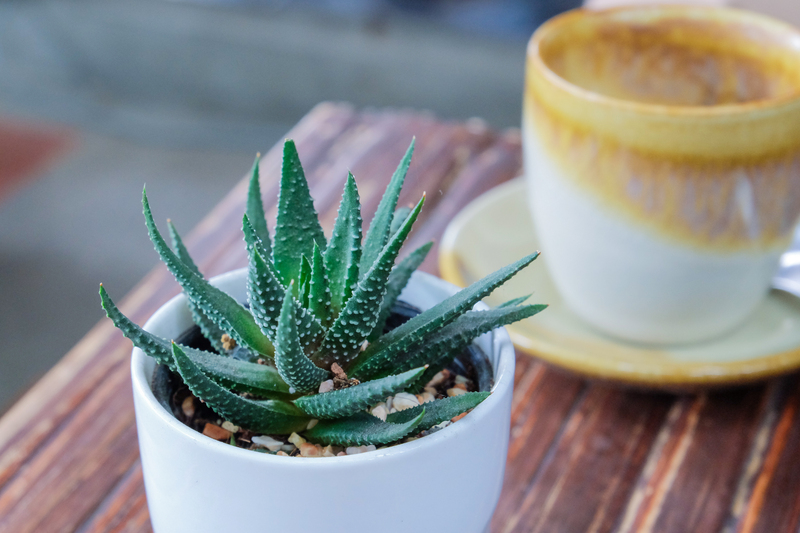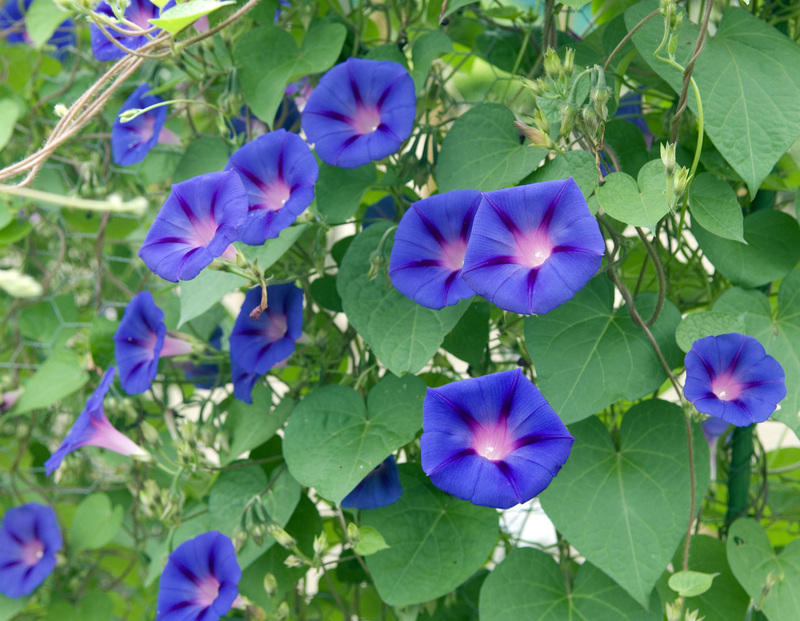Starting Points for Breathing Life into a Tired Garden
Posted on 18/09/2025
Starting Points for Breathing Life into a Tired Garden
Is your garden looking weary, dull, or uninspiring? Perhaps the plants lack vigor, the soil appears depleted, and pests or weeds have become unwelcome guests. Revitalizing a tired garden is a satisfying and rewarding endeavor, and you don't need to be a horticultural expert to transform your outdoor space into a vibrant haven. Let's explore the ultimate guide packed with actionable, expert-backed starting points for breathing new life into a previously neglected plot.

Understanding Why Gardens Become Tired
Before you can successfully breathe life back into your rundown garden, it's important to identify the underlying causes behind its tired appearance:
- Soil exhaustion: Years of planting without replenishing nutrients can lead to depleted, compacted soil.
- Poor plant choices: Some plants simply don't thrive due to climate, sunlight, or soil type mismatches.
- Lack of maintenance: Infrequent weeding, pruning, or mulching allows weeds and pests to take over.
- Weather extremes or drought: These can stress or kill plants and damage soil structure.
- Outdated design: Old-fashioned layouts or faded features can make any garden feel drab.
Identifying the problem areas gives you a roadmap to restore and rejuvenate even the most exhausted garden plots.
Essential Steps to Revitalize Your Garden
Follow these comprehensive steps to breathe new life into a tired garden and foster sustained health and growth:
1. Assess What You Have
- Walk through your garden and observe the health of existing plants, the structure of beds, and what areas get full sun, partial sun, or shade.
- Take notes or photos of particularly problematic sections--bare patches, overgrown areas, or erosion-prone slopes.
- Consider which trees, shrubs, or perennials can be saved, pruned, or relocated to fit a renewed vision.
2. Start with a Clean Slate
Often, the best way to refresh a garden is by removing the old and making way for the new:
- Weed thoroughly, digging out roots to prevent regrowth.
- Dispose of any diseased or dead plants to stop the spread of problems.
- Prune back overgrown shrubs and trees to shape and encourage new growth.
- Edge garden beds using a spade or half-moon tool to create crisp, defined boundaries for a neater appearance.
3. Revitalize the Soil
Great gardens begin below the surface. Tired soil often lacks nutrients, is compacted, or has poor drainage--all obstacles to healthy plant growth:
- Test your soil: Home soil test kits reveal pH levels and nutrients. This informs your choice of soil amendments.
- Add organic matter: Compost, well-rotted manure, or leaf mold enriches soil, improves structure, and stimulates beneficial microbes.
- Consider double digging or using a broadfork to aerate compacted areas and restore strong root ecosystems.
- Top-dress with mulch to retain moisture, suppress weeds, and slowly add nutrients as it breaks down.
4. Refresh and Diversify Plantings
With healthy, revitalized soil as your foundation, choose a mix of hardy, low-maintenance plants suited to your region:
- Native plants: These are adapted to local conditions and require less water and maintenance.
- Perennials: Invest in cores like daylilies, hostas, or echinacea for lasting color and resilience.
- Annuals and bulbs: Fill empty spaces with seasonal pops of color by tucking them in clusters or drifts.
- Mix tall, medium, and groundcover species for visual interest and biodiversity.
- Add climbers on trellises or fences to maximize vertical color and screening.
5. Instill Structure and Form
One of the fastest ways to reinvigorate a faded garden is by introducing features and form:
- Define paths: Lay stepping stones, gravel, or bark chips for both aesthetics and easy navigation.
- Add raised beds or install low edging to create shape and height variation.
- Install focal points: A birdbath, sculpture, obelisk, or bench draws the eye and gives the space a sense of purpose.
- Prune shrubs into neat domes or create new shapes for instant impact.
- Use containers to add height, bring color to paved areas, or spotlight your favorite new plants.
6. Nourish and Maintain
A revived garden requires ongoing care to keep it healthy and vibrant:
- Water wisely: Early morning or late afternoon watering preserves soil moisture and reduces evaporation.
- Mulch annually to maintain soil improvements and keep weed growth at bay.
- Feed plants with slow-release granular fertilizers or compost tea as the growing season progresses.
- Deadhead faded blooms and remove spent growth to encourage fresh flowers and maintain tidiness.
Creative Ideas for Rejuvenating a Garden
Looking for inspiration? These practical tips and trends can further breathe new life into any tired garden:
- Wildlife-friendly plants: Attract pollinators and birds by adding nectar-rich flowers, berry bushes, and native grasses.
- Install a pond or water feature: Even a small birdbath or fountain can introduce movement, reflection, and soothing sounds.
- Grow edibles: Blend herbs, berries, or salad greens into borders or containers for beauty and productivity.
- Try vertical gardening: Hang baskets, use wall planters, or set up trellises to save space and add lushness at eye level.
- Change the color palette by introducing new shades of foliage or flowers for seasonal variety.
- Add decorative mulch, colored gravel, or bark chips to refresh pathways and beds.
- Create themed zones--such as a zen corner, herb spiral, or shade oasis--to personalize and diversify your space.
Common Questions About Breathing New Life into a Tired Garden
How long does garden revitalization take?
*While results vary, initial improvements can appear within weeks, especially after clearing, soil amendment, and adding new plants. For complete transformation, plan for a full season or two, allowing plants and soil life to mature.*
Should I remove all old plants?
Not always. Assess which shrubs, trees, or perennials can be saved by pruning or dividing before starting from scratch. Mature plants add instant presence and shade and are often more resilient.
What's the cheapest way to refresh a garden?
Start by cleaning, weeding, and mulching--these actions immediately improve appearance and soil health with little expense. Swap plants with friends or grow from seed to save further.
Can I improve drainage in a waterlogged garden?
- Mix organic matter and grit into the soil.
- Raise beds or add mounded planting areas.
- Use rain gardens or swales to direct water away from sensitive spots.
Should I hire a landscaper or do the work myself?
*DIY is rewarding, cost-effective, and allows for personal expression--start small and build confidence. For structural changes, large tree work, or if time is limited, a professional can deliver faster, more complex results.*

Tips for Sustaining a Vibrant Garden Year After Year
- Rotate annuals and crops to prevent soil exhaustion and break pest cycles.
- Keep learning: Read, attend workshops, and talk to local gardeners for fresh ideas.
- Practice organic methods: Compost, natural mulches, and integrated pest management foster ecosystem health.
- Schedule regular maintenance--little and often is easier than massive catch-ups.
- Record successes and setbacks in a journal to inform next year's changes.
Conclusion: Your Journey to a Rejuvenated Garden Begins Now
Breathing life into a tired garden is about both action and imagination. Start by observing and understanding what your space--and soil--truly need. With practical steps, creative ideas, and ongoing care, you'll soon witness a remarkable transformation. Whether you're dreaming of lush borders, a wildlife paradise, or a productive kitchen garden, the starting points shared above will help guide you on your way to a greener, more vibrant outdoor sanctuary.
Let your garden tell its new story--one of resilience, beauty, and *endless possibility*.

